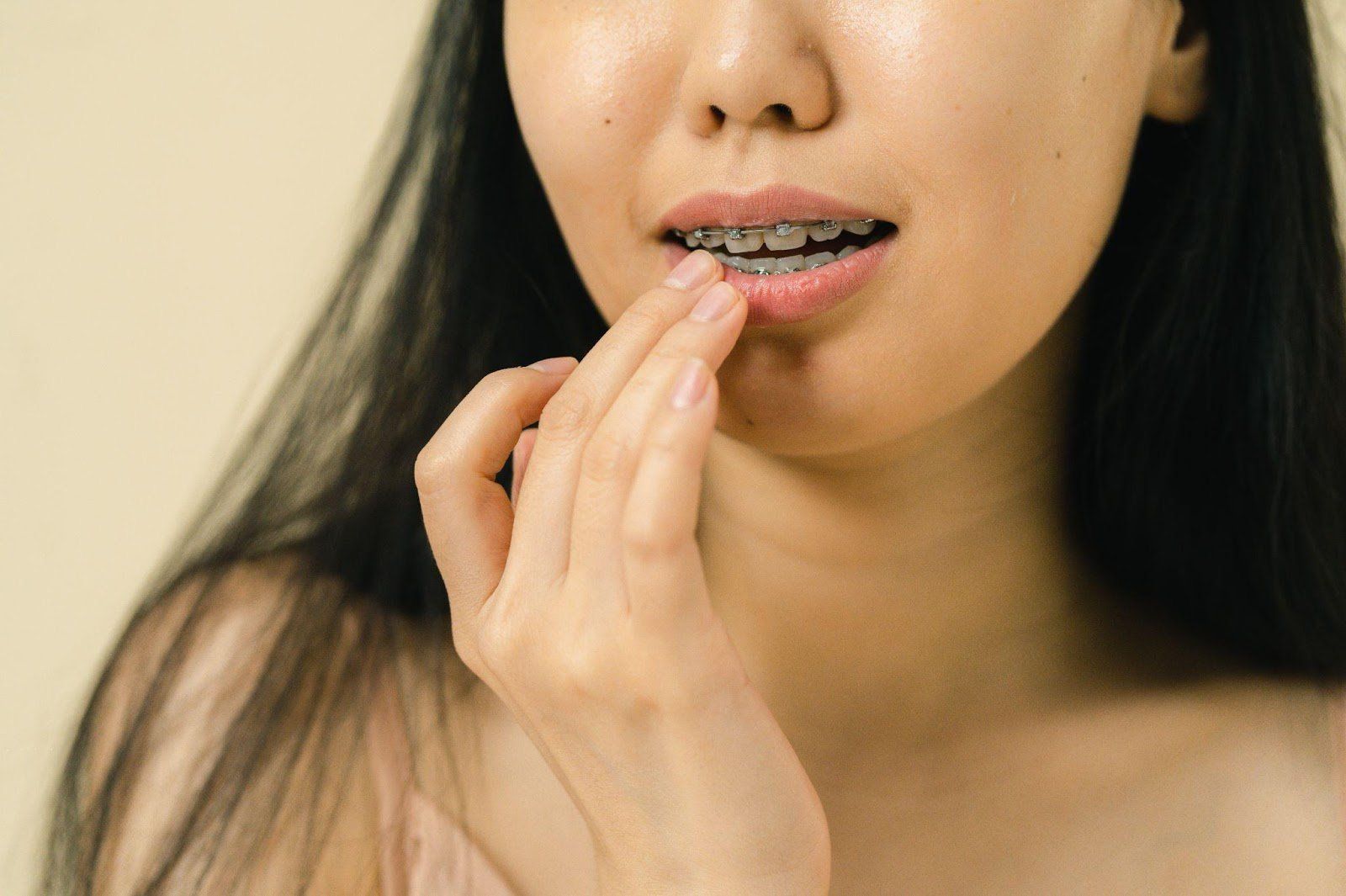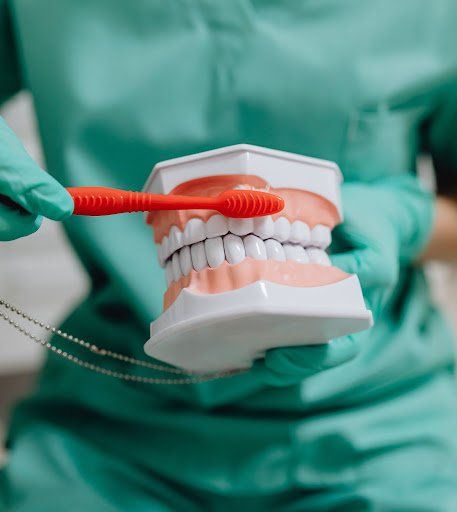5 Practical Tips For Proper Flossing of your Teeth
- by Milena Marguenski
- •
- 23 Aug, 2021
- •
What is Flossing of Teeth?
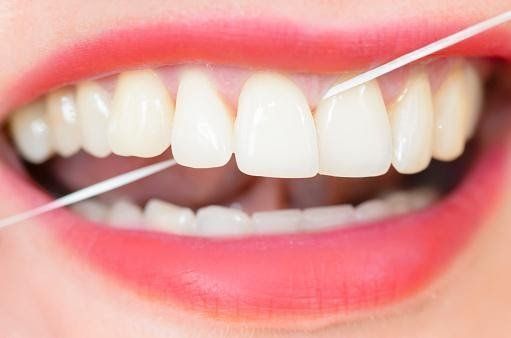
While brushing your teeth twice a day is effective in removing the plaque on the surface of your teeth, flossing your teeth regularly helps in getting rid of plaque and food particles under the gum line and teeth.
Excessive plaque on the teeth, if left unattended leads to gum disease. Gum disease is characterized by the pockets of plaque that contribute to bleeding gums, and swelling. Bacteria in the teeth is responsible for the pockets of plaque, and over time causes tooth loss, but flossing can help prevent it.
1. Learn Proper Flossing Technique
Believe it or not, flossing is a skill, but nobody teaches this at school, and often dentists educate their patients how to do flossing? Probably never.
Many quickly snap the thread in & out, and between the teeth. However, it is a harmful & ineffective way to floss your teeth. You may even lacerate your gums, and cause bleeding.
First, you need to take a floss of length between 12-16 inches, then wrap it around your index finger. Then, you’ve to floss between your thumbs & index fingers. There should be a gap of 1-2 inches of floss in-between. Make use of your thumb to floss between your teeth, but don’t snap forcefully. Gently glide the floss up & down the surface of the tooth, and under the gum.
2. Select the Right Flossing Material
3. Use Floss Threaders
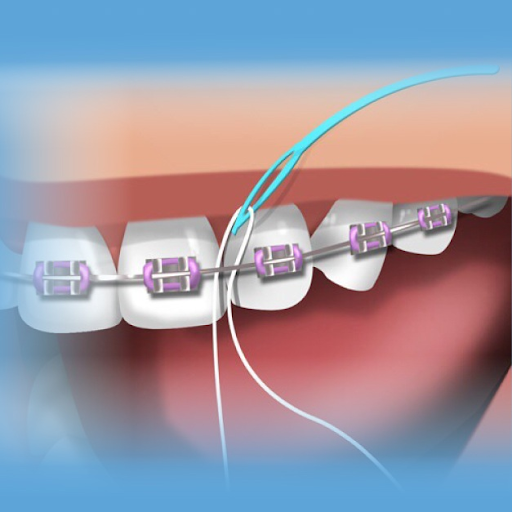
If you wear braces, dental bridges, or orthodontic braces, then flossing teeth is complicated. Now, floss threaders come into play. These are plastic flexible needles that are made out of nylon.
You must insert dental floss’s one end about five inches into the loop threader. Then, floss the threader under or over the dental braces, bridge, or permanent retainer.
You’ve to remove the threader from the floss and floss gently up & down into the gum line between your teeth. You will find a floss threader at the oral hygiene section of a grocery mart or a dental pharmacy.
Many threaders are reusable, while some are disposable after a single use. If you are using a floss threader, then you must rinse the threader with warm water after every use.
4. Floss Every Time Your Brush
Resolve to floss your teeth after every brushing in the morning. Over time, you’ll start to notice that your teeth & gum health has improved, and become cleaner.
You can always consult your dentist before you prepare your flossing schedule.
5. Water Flosser

A water flosser is a unique combination of pressure & pulsation to get rid of bacteria and plaque. It is way more effective in reducing plaque along the gum line, between teeth, reducing gingivitis and precursor to periodontal disease.
Water flosser is an ideal choice for those struggling to maintain good oral health. You can easily adjust the power setting to have the right comfort level.
Book a Routine Dental Checkup Today

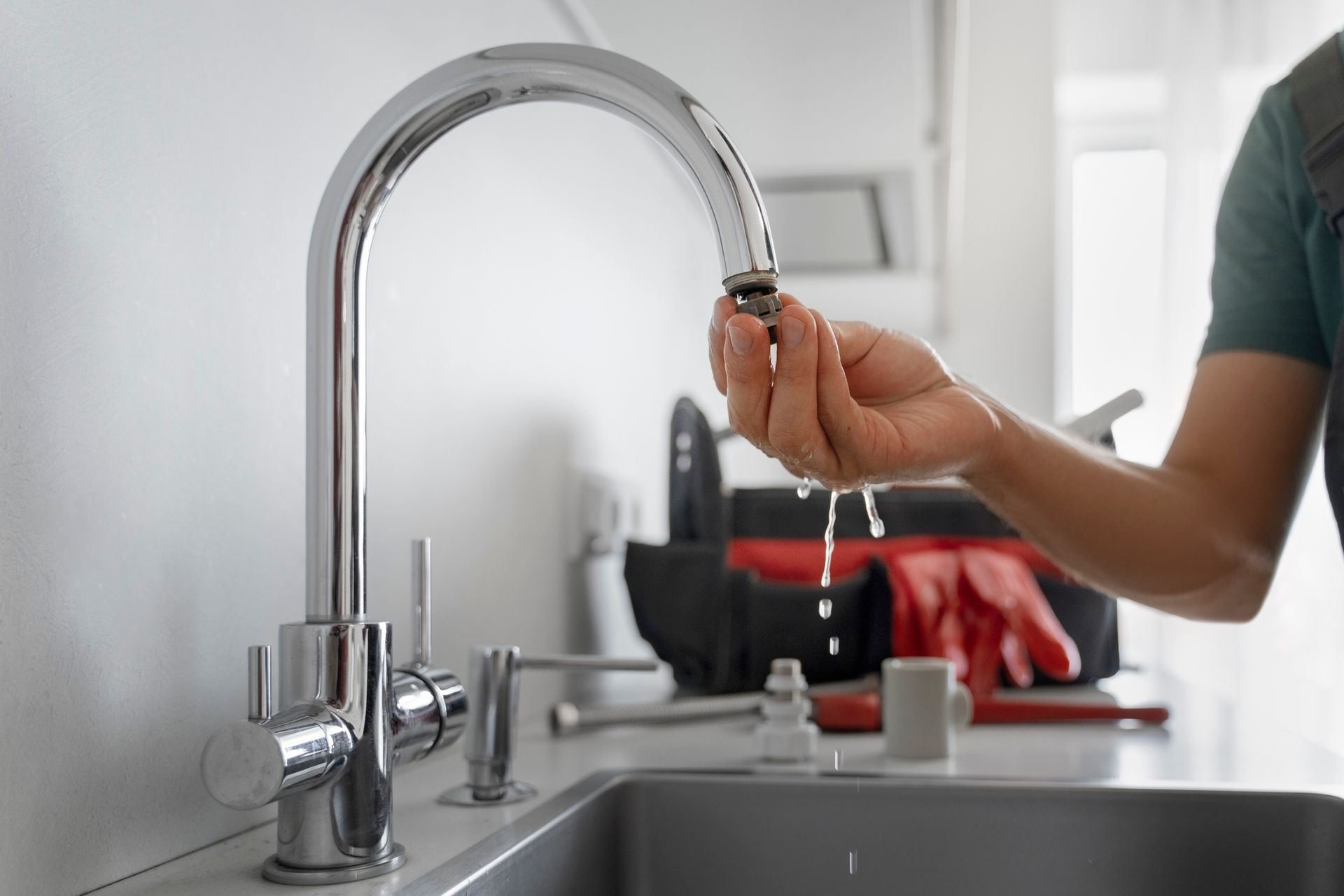
Brooklyn residents often wonder whether their tap water is helping or harming their dental health. One key factor in this debate is
fluoride
, a naturally occurring mineral added to public water supplies to prevent cavities. But does Brooklyn tap water really protect your teeth from decay? In this blog,
we’ll
uncover the truth about fluoride levels in NYC’s water and whether it plays a significant role in cavity prevention.
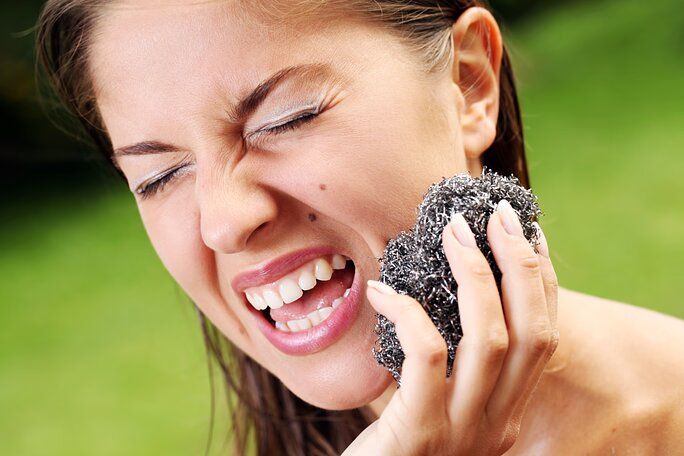
Sudden gum swelling is a dental condition that requires immediate attention, even if there is no pain. Gum health is often overlooked, but it is essential for overall oral well- being. Swollen gums may seem harmless at first, but they often indicate underlying issues that can worsen if left untreated.
Many people think of dental emergencies as situations with severe pain, but it's important to understand that discomfort isn't always a reliable sign of serious problems. Just because there is no pain doesn't mean there is no risk. Sudden gum swelling should be treated as an emergency , emphasizing the need for prompt professional evaluation.
Ignoring swollen gums can lead to more severe complications, affecting both oral health and general wellness. By understanding the seriousness of this condition and
seeking timely intervention, you can prevent further damage and ensure that your gums—and teeth—stay healthy and strong.
A skilled dental team can properly assess and treat any swelling. Prioritize your gum health by taking action when you notice unusual changes, protecting your smile for the future.
It's important to remember that maintaining good oral hygiene, including flossing your teeth regularly , can help prevent conditions like gum swelling. Additionally, if you're interested in improving your smile beyond just addressing gum issues, there are various options available in cosmetic dentistry that you should know about. Finally, if you're looking for ways to achieve a brighter smile, there are effective methods on how to get whiter and brighter teeth at home that you might find helpful.

If you thought that oral health problems are only for adults, then think again. The first teeth start appearing by 4 to 5 months of age. Then by the age of 3, kids have a full set of teeth. This is the time when parents have to be extremely careful about oral hygiene.
By the age of 6-7, the primary teeth start to fall out to make space for the permanent teeth. These permanent teeth are the ones that will stay with them for the rest of their lives. However, there are certain oral problems such as tooth decay, lip sucking, and early teeth loss.
Let’s take a look at these common oral health problems.

With the procedures’ popularity, several pharmaceutical companies launched their over-the-counter teeth whitening kits. This made the procedure more accessible and cheaper as compared to a professional session.
But which one is better? Let’s understand both the procedures first.


